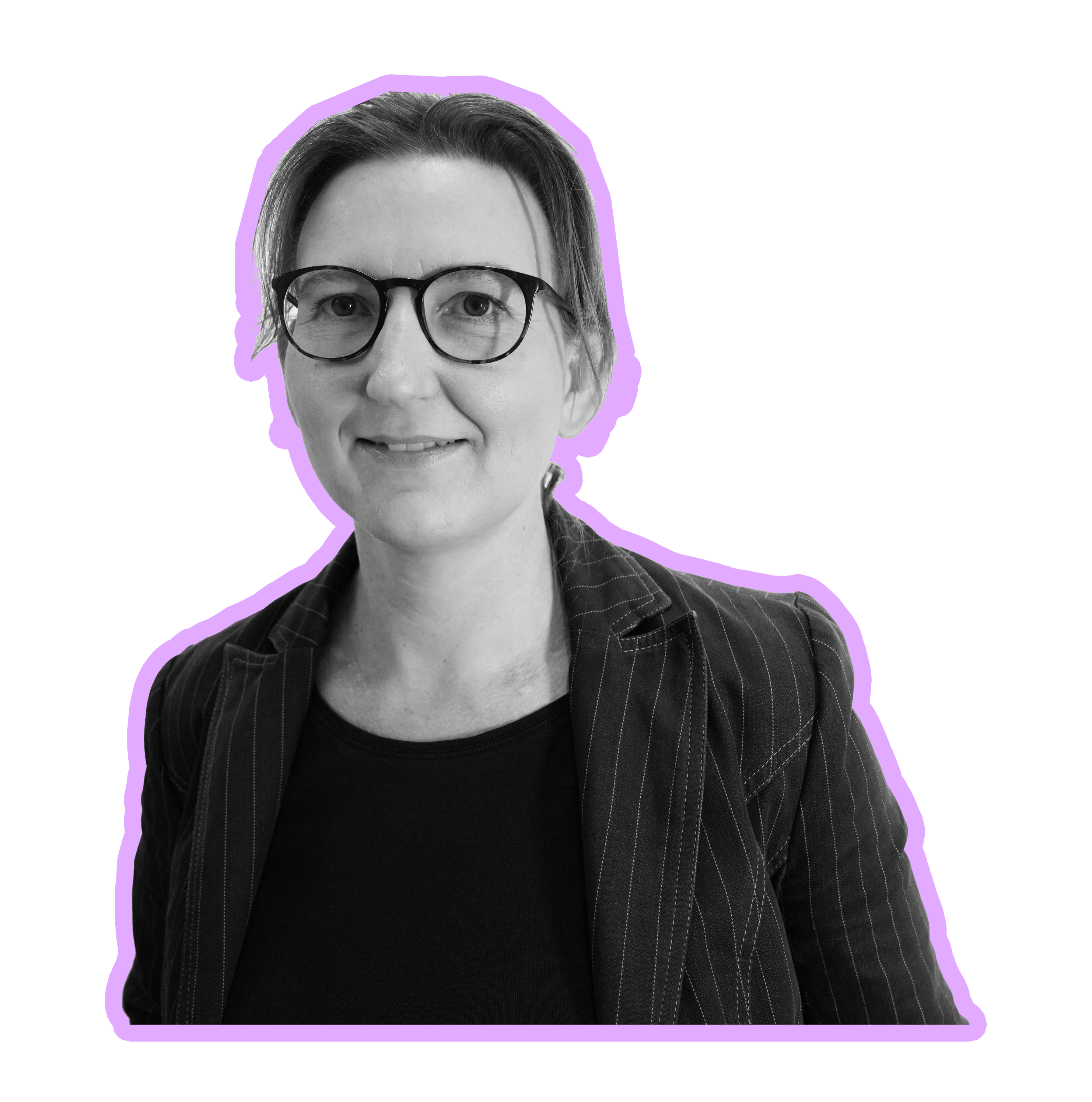PIPINA SCHICKANEDER
“Physics is
a special case -
art is much
more than that”
#ARTS-BASED RESEARCH #PERCEPTION #INSTALLATION #SCIENCE
BIO.
Gerburg Neunteufl Pipina Schickaneder *1976 in Graz, lives and works in Vienna. Master school for art in Graz, ao. Studied photography at the art universities in Vienna, diploma in mathematics and descriptive geometry at the Univ. and Vienna University of Technology. She uses her scientific background in geometry and especially colorimetry in her artistic work, in which she usually addresses the perception of scientific facts. Exhibitions include Galerie 12-14 and Galerie Westlicht (Vienna), Lindabrunn, Fotografie Forum (Frankfurt/Main), as well as in Munich, Graz, Istanbul, Bulgaria, Croatia, Poland.
www.gerburgneunteuflpipinaschickaneder.work
e-mail facebook instagram linkedin


Photo: ©Flavio
Photons receives, photons responded (2023)
Digital fotoprint on curtain
Two curtains hanging from the ceiling are parallel to each other, offer spaces in between and are the medium for images and image quotations of the associated photographic work. The complex science of photons is magnified and resolved here.
The objects that led to these photograms in the darkroom are nothing more than different lenses, mirrors and a glass prism, classic optical bodies. Pipina was inspired for this work by the new research results from ETH Zurich, which show that a new liquid fuel can be produced from light and air. In her artistic laboratory, she tried to track down this change in physical state, i.e. the transformation of light into a liquid.

Image: © Pipina Schickaneder
Ansicht,Teil 3/ Views, Part 3 (2022)
Photogram b/w with photo emulsion on concrete
These two images show recreated representations of a magnetic resonance imaging of my lateral face. Instead of a scan, brush stripes of the photo emulsion and different development results of the exposed silhouettes on concrete can be seen. I have enlarged my internal facial image, created through modern medical imaging technology, onto stone tablets because I am interested in the juxtaposition to the physical and the history of representation. I examine in the series views different parts of the face and head with scientific digital theories, but analog and artistically applied. Different analytical methods, which are practiced with digital pictures and data collections, I confront my subjective picture logic and confront myself with my physical after-perceptions.

Images: © Pipina Schickaneder
Ansicht,Teil 1/ View, Part 1 (2018)
Color photograph (Laserprint on PC paper) black/white photogram on PC paper
Each of these images can be understood both as preparations for and explorations of a self portrait. In the case of the color photograph, greyscale values are affixed to the area of the nose where they were measured. This transformation of subjective perception into seemingly objective data is reminiscent of the processes involved with digital facial recognition technology. During such a process of analytic acquisition, essential characteristics and contours disappear behind the massive amount of data collected. However, while this conversion renders one body part barely recognizable, another, the eyes, come more and more into focus. The personality and subjective viewpoint of the artist comes through clearly, in spite of the anonymising effect of the data points. In an additional transformative step, the measured greyscale values are presented in the form of a photogram. In a darkroom, a single sheet of photographic paper is exposed to various exposure lengths while being shielded under a complex system of layered paper cuttings. This results in a digital aesthetic resembling the analog process of digital imaging. These photographic works thus reveal not only the information loss inherent in the complexity of data analysis, but also call into question the borders dividing the analog and the digital.
